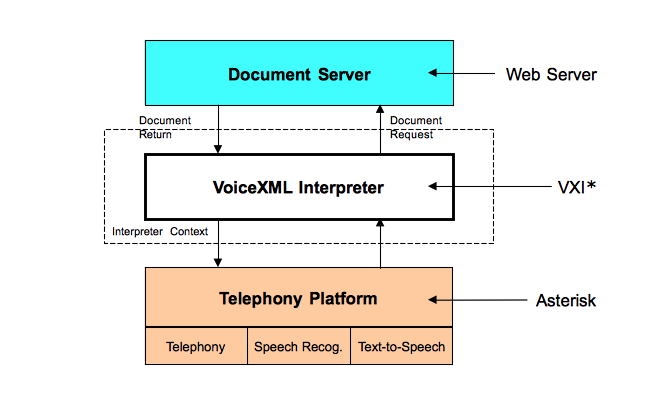HTTP request vs web service
The Hypertext Transfer Protocol (HTTP) used to communications between clients and servers.HTTP works as a request-response protocol between a client and server.A web browser may be the client, and an application on a computer that hosts a web site may be the server.There are happen HTTP communication.A normal web page returns HTML, PDF, or image data that's intended to be displayed to the user in a browser. Web Service-A web service returns data that's intended to be used by another program.A client (browser etc.) submits an HTTP request to the server; then the server returns a response to the client. The requst and response hapen in web service.Web Service returns data that's structured to be easy for computers to extract the values. Common formats are XML and JSON. The web service might also use a structured format for requests. There are two commonly used methods for a request-response between a client and server are: GET and POST. GET - Requests data from a specifi...
